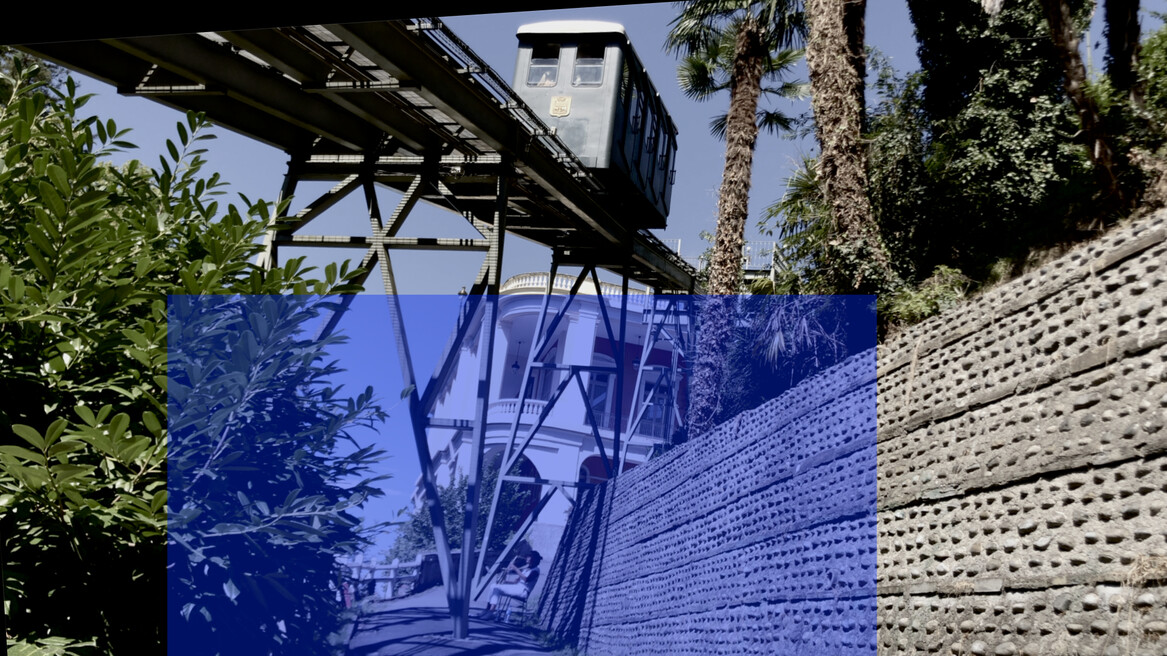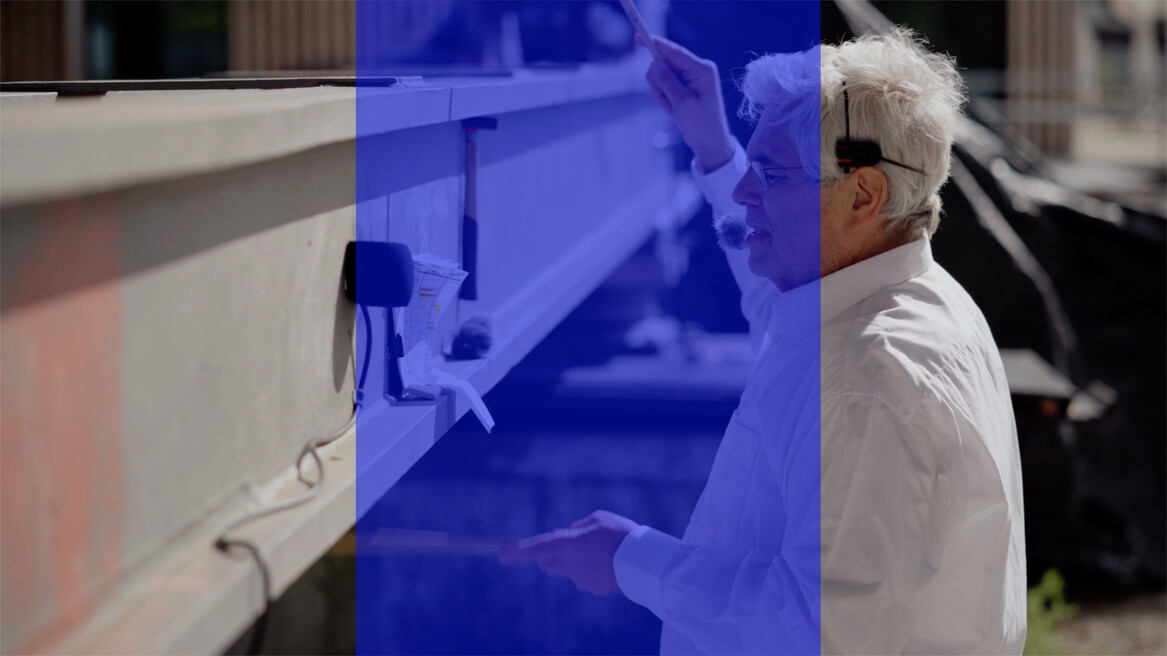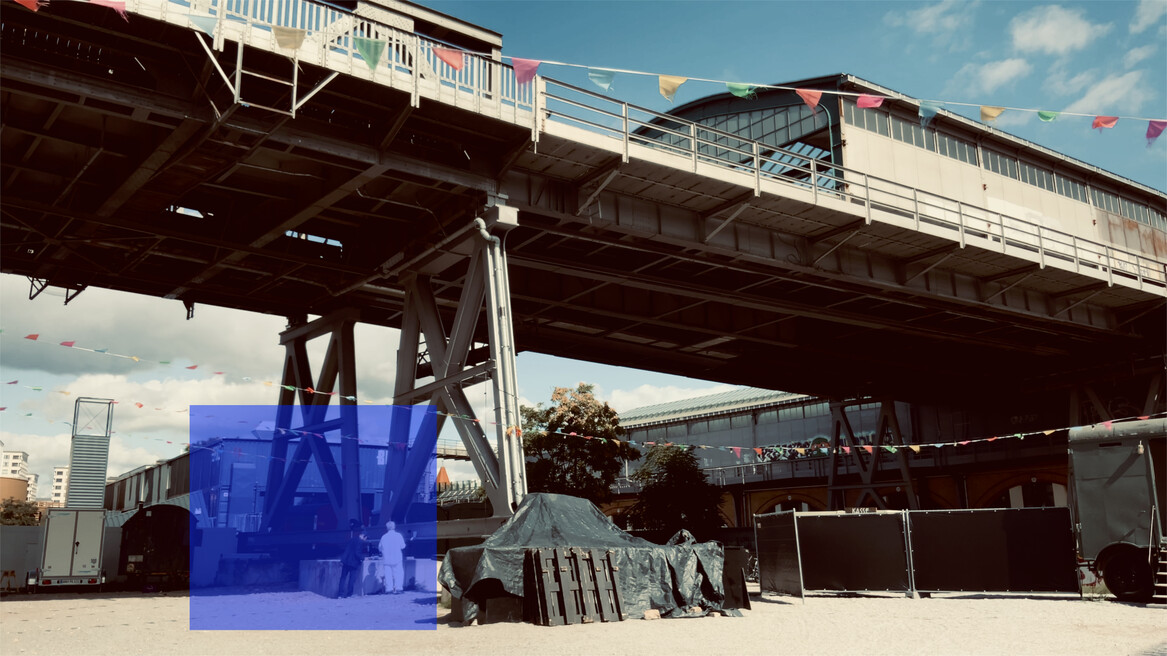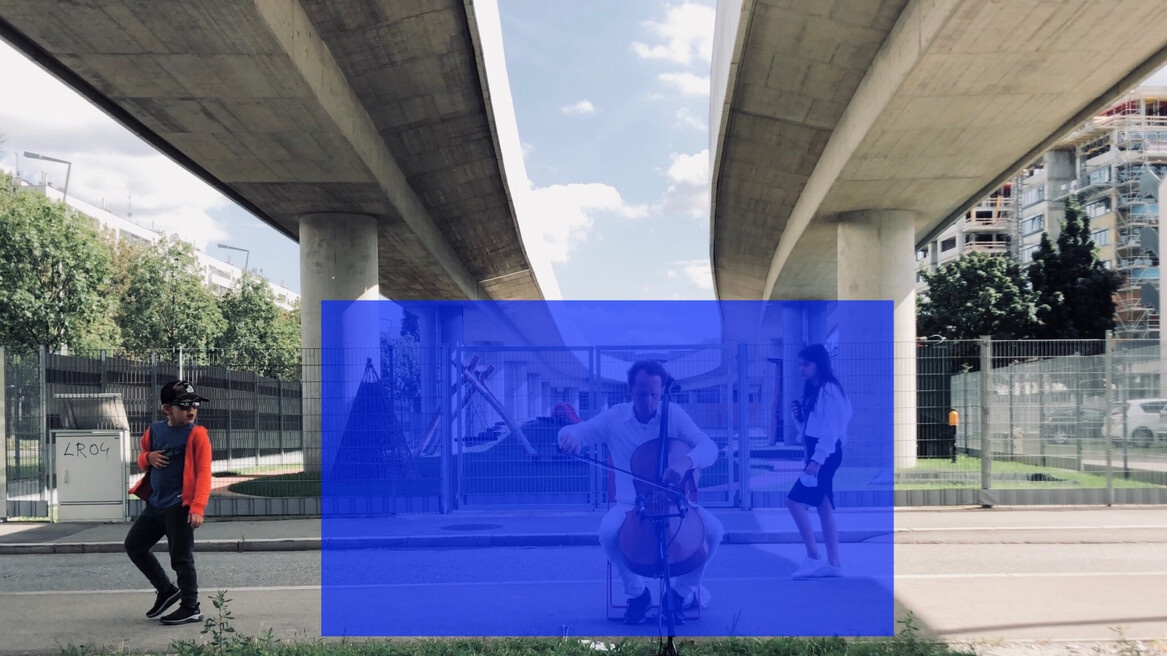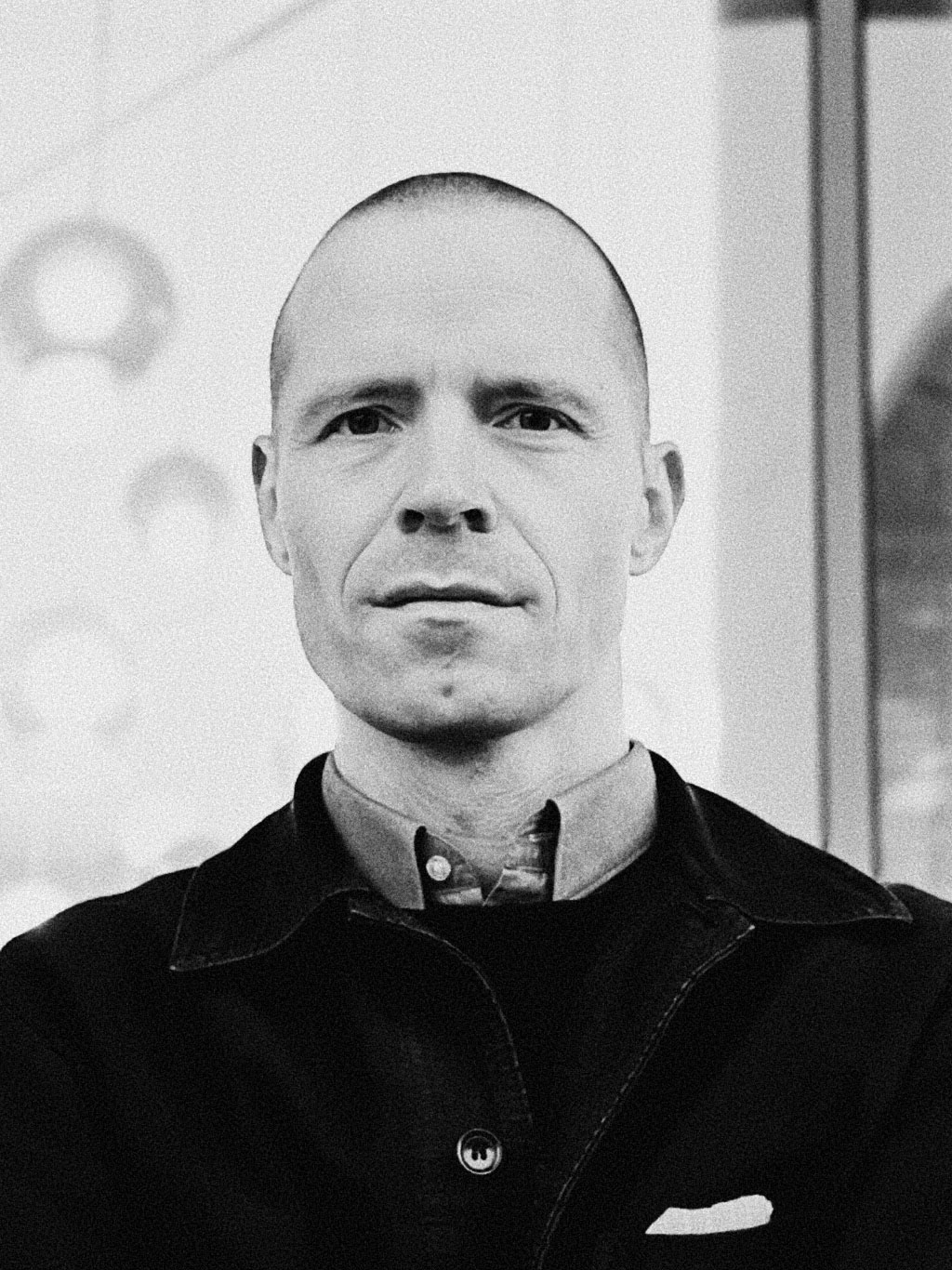Boris Hegenbart
area: Sound, Digital & Intermedia Art
Key Facts
nationality
Germanyarea
Sound, Digital & Intermedia Artresidence
Berlinrecommending institution
TONSPUR Kunstvereintime period
February 2024 - February 2024Boris Hegenbart is a Berlin composer and artist since 1996. Hegenbart’s works include sound installations, electro-acoustic concerts and computer performances, compositions for solo instruments, chamber ensembles, theatre, media-art, dance and experimental video works. In his electro-acoustic compositions, Hegenbart combines the aesthetics of 1950’s musique concrete with our day’s digital technologies of music production and sound synthesis, without restricting himself by software limitations. For him, this software, as well as music-samples and sounds of his everyday life, become material to be molded according to his artistic intentions. This way Hegenbart creates the delicate and complex sound-scapes, for which he is appriciated.
In Rotaphonie, sound objects move in circles within the space defined by the TONSPUR_passage | Micro Museum for Sound. The composer and artist Boris Hegenbart describes this situation as an autonomously operating infrastructure in which sounds move back and forth like industrial objects in an assembly hall, accelerating and decelerating, sometimes coming to a standstill and allowing other objects to pass. Hegenbart postulates sounds and movements as functional in a context unknown to the listener; the artist communicates meaningfulness without revealing the meaning. The installation is therefore not directed at a recipient. It exists in exactly the same way as the architectural situation that it occupies: as a permanent presence that does not require the viewer. (Think of the trees in the park in George Berkeley's A Treatise Concerning the Principles of Human Knowledge (1734, §23), which exist regardless of whether anyone perceives them).
– Volker Straebel
